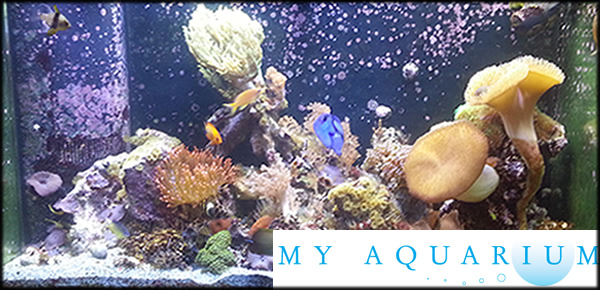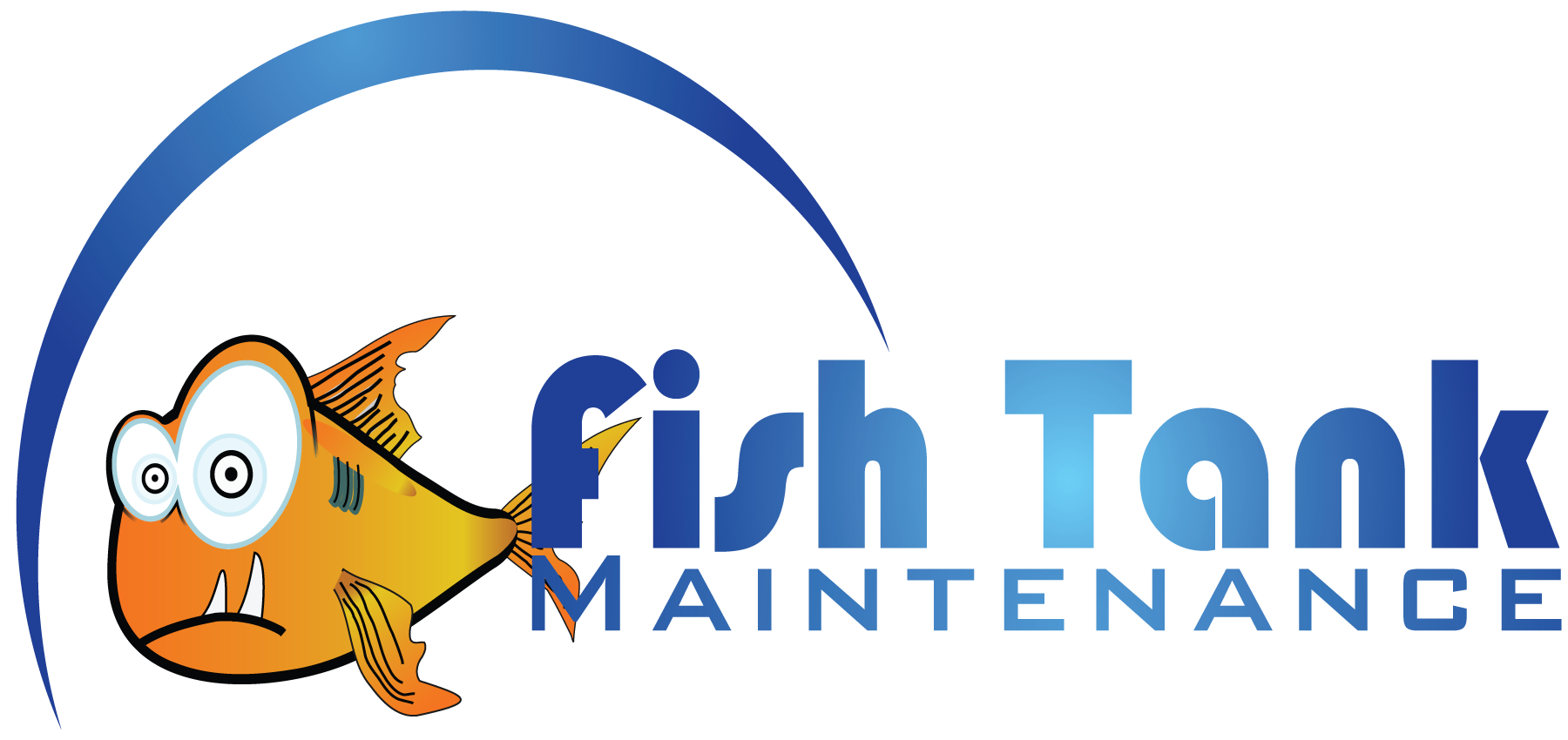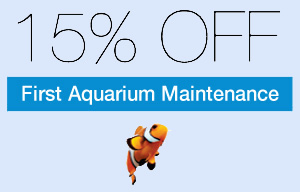What You Need For Your First Planted Aquarium
Just because a planted aquarium is a little more advanced than your typical fish only or goldfish tank there is really no reason to shy away from the idea. The extra research and effort you invest in your planted aquarium is well worth it, once you learn and understand the specifics of having a planted aquarium it really isn't very complicated at all.
List Of Things You Need To Get:
The Aquarium: The size and shape of your tank is primarily aesthetic and up to you but there are some specifics you should consider. I would recommend your first tank be at least 20 gallons and no more than 55; a tank smaller than 20 gallons doesn't have enough water volume making it more difficult to keep stable, and a tank large than 55 gallons can be difficult and expensive to equip and fill. Try to find a tank that is longer or wider than it is tall. Tall tanks have a small water surface area to water volume ratio allowing for less oxygenation of the water, they are also deeper which makes it more difficult for the light to reach the bottom and provide proper plant growth.
The Aquarium Stand: Aquariums are very heavy, average weight is close to 10 pounds per gallon. This needs a strong stand or piece of furniture to sit on and large tanks should only be kept on a specifically designed aquarium stand.
The Lighting: The low watt standard fluorescent aquarium lighting that may have come with your fish tank is almost certainly not powerful enough to grow almost any plants. While fish need no special lighting, plants require a good amount of high quality light to grow and survive.
It's impossible to give a steadfast rule as to how much light you need but you can start with a general guideline of 2.5 watts per gallon. Some plants can be more demanding than others when it comes to lighting but 2.5 WPG will grow most plants. Deeper tanks may require slightly more wattage per gallon, and so will very small tanks. A 10 gallon tank will only require 25 watts according to the formula but you may find 25 watts not to be enough to grow plants at all, with any tank you should have a minimum of 35 watts.
Normal fluorescent bulbs can be used but are generally considered to weak for the amount of wattage needed and you will require quite a few if you go this route. There are several other common types of aquarium lighting that will more adequately meet your needs. The most common planted aquarium lighting is Power Compact Fluorescent or PC for short. Other common aquarium lighting fixtures are T5 or T9 fluorescent, LED lighting, or even Metal Halides which are more commonly used for coral in Saltwater Aquariums.
The Heater And Thermometer: Plants and fish require a warm and steady temperature to survive. You will need a good quality submersible heater adequate for your size aquarium, the specs for each heater will specify the maximum water volume it should be used on (150 Watt heater is probably good for most small tanks and a little higher for larger aquariums). You may want to consider 2 heaters both adequate for your tank volume, this reduces the stress on each heater and ensure a back up in case one fails.
To ensure your heater is always working properly you will need an aquarium thermometer. Thermometers are cheap and available in several designs, some stick on the glass like stickers, others float in the water.
Aquarium Filter: The best filter for a planted aquarium is a external canister filter or a hang on the back filter, don't use an under gravel filter as it will interfere with plant roots. Canister filters go below the tank and have a pump that sucks water out through the filter medium and back up into the tank, HOB filters do the same thing but they hang on the back of the aquarium rather than below. Filters that use risible, reusable filtration media rather than disposable cartridges are better at maintaining good biological filtration and cheaper to run. The specs of any filter will include information as to what the maximum aquarium size is for that filter, it is better to err on the side of to much filtration rather than not enough.
CO2 Generator: Plants take up carbon dioxide and produce oxygen, fish and other animals do exactly the opposite. If your fish don't produce enough carbon dioxide for your plants to thrive you can use a CO2 generator to increase the CO2 levels in the water. If your lighting level is lower CO2 is less likely to be needed but as your watts per gallon goes up CO2 becomes more of a necessity to keep your plants healthy. Target range for CO2 is generally between 20-30 ppm (parts per million) and can be tested with a standard CO2 test kit.
There are two ways you can add CO2 to your planted aquarium. You can buy a pressurized CO2 system, these can be a expensive but are very precise and dependable. Another method is to build your own do it yourself CO2 injector using yeast dissolved into water, these are very cheap and quite easy to build. DIY yeast CO2 systems can be very inconsistent in the ppm rate and should not be used on tanks larger than 55 gallons.
Plant Substrate: The substrate is the medium settled at the bottom of the tank that the plants root themselves in. While a fish only tank requires no special substrate and plain gravel or even a bare glass bottom is sufficient, plants use substrate to stay rooted as well as to draw nutrients from. There are several varieties of substrate that can be used alone or in combination. Some plants will root happily in plain gravel while others are much more demanding, research each plant species you intend to keep.
A high quality substrate can really make the difference between a successful aquarium and a tank full of dead plants, all plants need a good supply of Iron and other nutrients to grow. Substrates such as Flourite and Eco-Complete provide a long lasting supply of Iron to the plants through the roots. While each of these products can be costly per bag to buy, it provides you the best start to growing nice plants. You can mix either of these up to half and half with average aquarium gravel to save money. If you add gravel to your substrate the gravel size is important, you will need finer grains that don't obstruct the plant roots. Your substrate should have a depth of around 3 inches for proper plant growth, a common method is to lay down approximately two inches of enriched substrate like flourite or eco complete, and top that off with fine gravel or sand.
Odds and ends: There are a number of small items you will need over the life of your aquarium.
- Medium Sized Net
- CO2 Test Kit (20-30 ppm)
- Carbonate Hardness Test Kit (3 - 8 KH)
- Phosphate Test Kit (under .5 mg/l)
- Nitrate Test Kit (under 10 mg/l)
- Power Strip Surge Protector
- Light Timer
- Fish Food (flake food)
- Decorations (driftwood, rocks, or even silly scuba divers and castles)
- Liquid Fertilizer (Flourish, Kent, Tropica, MasterGro) (dose by bottles instructions, if algae presents, lower dosing)
- Substrate Fertilization (Tetra sticks, flourish tabs, root tabs, also use per package instructions)


